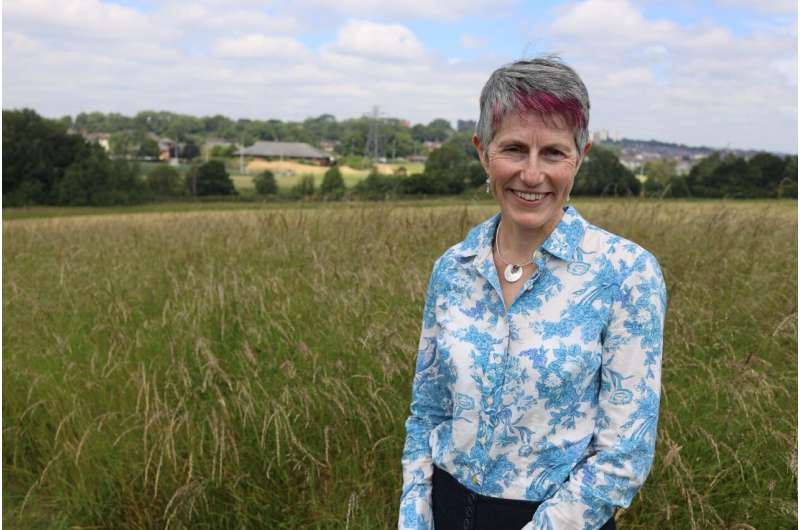Enjoying the view? How computer games can help evaluate landscapes

Geographers from Staffordshire University are stepping into the virtual world of computer games to develop exciting new ways of assessing landscapes.
Ruth Swetnam, Professor of Applied Geography, has spent years analysing geographical landscapes and determining what features people from different countries find most appealing.
This has included work on a major project for the Welsh Government to evaluate the impact of their agri-environmental scheme Glastir on rural landscapes. In this collaborative £6 million programme coordinated by UKCEH Ruth led the landscape team and their findings have helped to shape government policy in Wales.
The project involved digitally mapping 300 sites across Wales and sought feedback from the public on the visual quality of the landscapes. More than two thousand responses were collected using a photographic survey. However, participants aged 25 and under were significantly underrepresented in the self-selecting sample.
In a bid to engage younger audiences Ruth teamed up with Jan Korenko, Senior Lecturer in Visual Effects at Staffordshire University, to create a series of videos depicting dynamic fly-throughs of virtual landscapes inspired by the Welsh countryside.
Ruth said: "To address the gap, we stepped out of the real-world landscapes that most geographers are comfortable with, into the virtual landscapes of gaming.
"The aim was to represent the reality of typical landscape vistas and we designed an amalgam of different sites in Wales which allowed us to easily add or remove different features such as sheep or woodland."
A second survey incorporating these virtual landscapes was first targeted at computer games design students and then secondly to the wider public, with both groups taking the same assessment.
Overall more than 70% of respondents were highly satisfied with the quality of the landscape visualisations. Of those who had visited rural Wales before, 64% gave a rating of at least 7 out of 10 for its representativeness.
Ruth commented: "The response was really positive, especially feedback about how realistic the virtual landscapes were. There were no significant differences in overall ratings between the two groups which indicates that being familiar with gaming would not preclude the use of similar landscape visualisations in public consultation exercises."
"Perhaps we, as geographers and planners, need to explore these virtual worlds to engage with our youth in a landscape setting they are comfortable navigating. Key to success is an interdisciplinary approach, combining the technical flair of the visual effects experts with the geographical grounding provided by the landscape scientist."
She added: "With our rapidly changing climate, it is important to understand how our future landscapes will function and what they look like as this impacts on our wellbeing and culture. Young voices are essential to capture in this debate as they are the generation who will be living with these new landscape futures."
More information: R.D. Swetnam et al, Can computer game landscapes target new audiences for landscape quality assessment?, Applied Geography (2019). DOI: 10.1016/j.apgeog.2019.102102
Provided by Staffordshire University



















